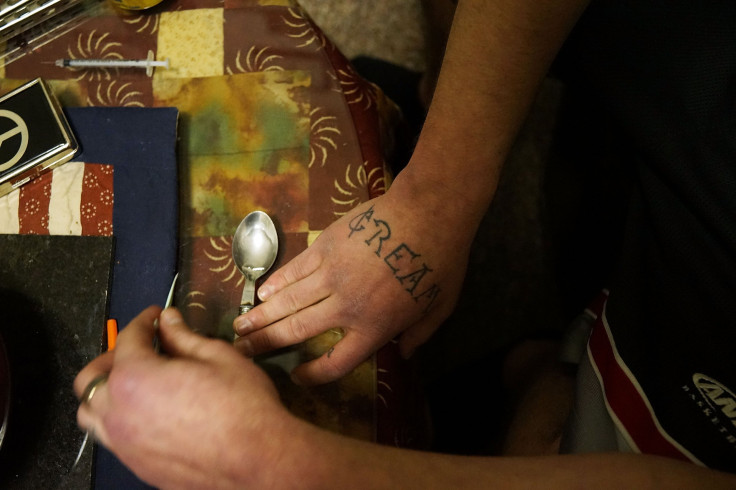White House Proposes $1.1 Billion In Funding To Combat Opioid And Heroin Addiction

The Obama administration proposed $1.1 billion in funding on Tuesday for fiscal year 2017 to address the nation’s worsening epidemic of painkiller and heroin addiction. The announcement comes as the latest in a sweep of programs and reforms by public health officials to address this concern. Opioid overdoses resulted in 28,648 deaths in 2014, which is more than the number of Americans who died in car accidents.
The new funding will require Congress’ stamp of approval to make it into the 2017 fiscal budget, but Director Michael Botticelli of the Office of National Drug Control Policy and Secretary Sylvia Burwell of the U.S. Department of Health and Human Services said on a press call that they believe there is broad bipartisan support for confronting opioid and heroin addiction and deaths.
“Opioid abuse is a complicated problem and we must combat dangerous misuse while at the same time safeguarding the legitimate use of these drugs to manage pain,” Burwell said.
The administration wishes to use the bulk of the funds — $1 billion — to work with states to expand the availability of treatment for opioid abuse that combines prescription medicines such as methadone, naltrexone and buprenorphine with counseling. These medicines can reduce the urge to take opioids or heroin, lessen withdrawals and prevent users from getting high if they do relapse.
About $500 million of the money will be spent on overdose prevention, which includes making a drug called naloxone that can reverse the effects of an overdose more widely available. That funding represents an increase of more than $90 million from the last fiscal year for these efforts. Burwell said this money includes funding to enable at least 30 rural communities to purchase naloxone and to train local officials and residents on how to use it.
The market for naloxone has heated up as the Obama administration and public health officials have pushed for broader availability. A new version of naloxone known as Narcan nasal spray received approval from the U.S. Food and Drug Administration in November and launches this month. The intranasal treatment will compete with an autoinjector known as Evzio and a syringe paired with an atomizer sold by California-based Amphastar that are already on the market.
On Monday, CVS Health Corp. announced it would continue its ongoing effort to improve access to naloxone by offering the drug to Ohio customers without a conventional prescription starting in March. The pharmacy chain has said it intends to increase the number of states where customers can purchase naloxone without a standard prescription from 15 to 35 in 2016.
© Copyright IBTimes 2024. All rights reserved.






















